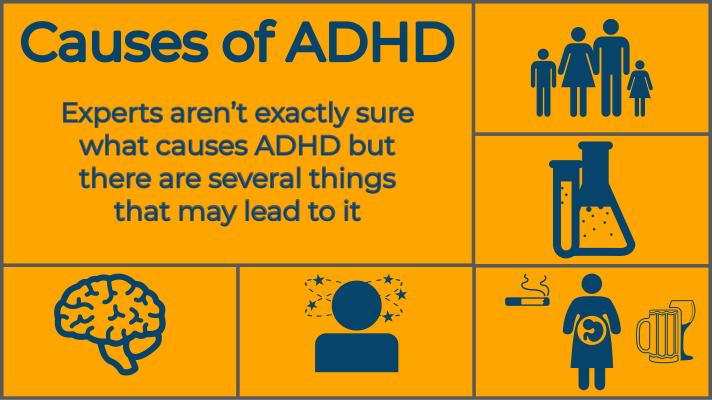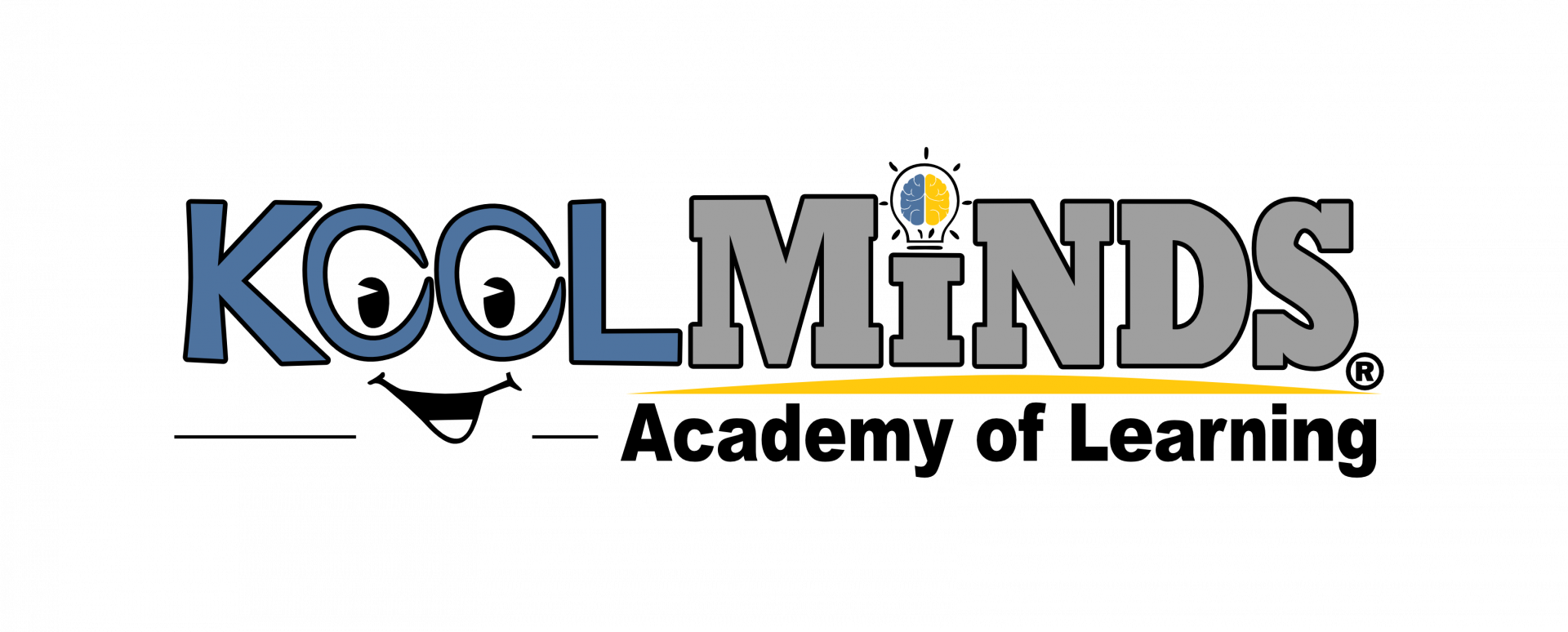What is ADHD?
What is a Neurodevelopmental disorder?

-
ADHD and the brain (Understood.org)
-
ADHD & the Brain (American Academy of Child & Adolescent Psychiatry)
Causes of ADHD
-
Genes. ADHD tends to run in families. A child with ADHD has a 1 in 4 chance of having a parent with ADHD.
-
Chemicals. Brain chemicals in people with ADHD may be out of balance
-
A brain injury or a brain disorder. Damage to the front of the brain, called the frontal lobe, can cause problems controlling impulses and emotions
-
Brain changes. Areas of the brain that control attention are less active in children with ADHD.
-
Poor nutrition, infections, smoking, drinking, and substance abuse during pregnancy. These things can affect a baby’s brain development and increase the risk of developing ADHD.
-
Toxins, such as lead. This is rare however it is something that might affect a child's brain development.
-
Possible Causes of ADHD (Understood.org)
-
Causes of ADHD: What We Know Today (healthychildren.org)
-
The Causes of Attention-Deficit Hyperactivity Disorder (verywellmind.com)
Types of ADHD
In order to make ADHD diagnoses more consistent, the American Psychiatric Association grouped the condition into three categories, or types of ADHD. These categories include: primarily hyperactivity-impulsive, primarily inattentive, and a combination of both. The DSM-5 lists the diagnostic criteria for ADHD and include these symptoms listed.iii
Primarily Hyperactive-Impulsive ADHD
-
Talks excessively
-
Has trouble playing quietly
-
Has trouble waiting for their turn
-
Is always moving, such as running or climbing on things
-
Tends to squirm, fidget, or bounce when sitting
-
Experiences feelings of restlessness
-
Doesn't stay seated when remaining seated is expected
-
Blurts out answers
Primarily Inattentive ADHD
-
Easily distracted
-
Often loses things
-
Doesn't follow directions or finish tasks
-
Doesn’t like to do things that require sitting still
-
Doesn't pay attention
-
Tends to daydream
-
Is forgetful in daily activities
-
Lacks attention to detail
-
Makes careless mistakes
-
Doesn't seem to be listening
-
Has problems organizing daily tasks
Primarily Combined Type ADHD
-
Easily distracted
-
Often loses things
-
Tends to squirm, fidget, or bounce when sitting
-
Doesn't follow directions or finish tasks
-
Blurts out answers
-
Is forgetful in daily activities
-
Has trouble waiting for their turn
-
Is always moving, such as running or climbing on things
-
Talks excessively
-
Tends to daydream
The type of ADHD that you or your child has will
determine how it’s treated. It's important to know that the type of ADHD that
you have can change over time, so your treatment may also change.
In this video, Thomas E. Brown, PhD, discusses
ADHD symptoms and common causes of ADHD.
If you think that you or your child has ADHD, click the link below to learn more about how KoolMinds can help!
[i] CDC- Centers for Disease Control and Prevention. Accessed 4/7/2021 “What is ADHD.” https://www.cdc.gov/ncbddd/adhd/facts.html
[ii] Melissa L. Danielson, Rebecca H. Bitsko, Reem M. Ghandour, Joseph R. Holbrook, Michael D. Kogan & Stephen J. Blumberg (2018) Prevalence of Parent-Reported ADHD Diagnosis and Associated Treatment Among U.S. Children and Adolescents, 2016, Journal of Clinical Child & Adolescent Psychology, 47:2, 199-212, DOI: 10.1080/15374416.2017.1417860
[iii] American Psychiatric Association: Diagnostic
and Statistical Manual of Mental Disorders, 5th edition. Arlington, VA.,
American Psychiatric Association, 2013.
https://www.koolminds.com/blog/adhd
Who We Are
Featured Links
#1 This is a title
#2 This is a title
#3 This is a title
Thank you
for your interest!

